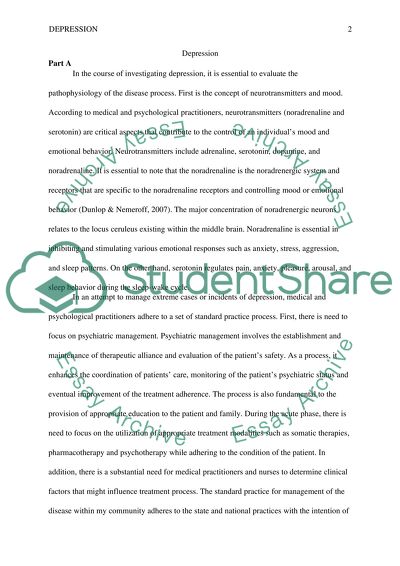Cite this document
(“Depression Essay Example | Topics and Well Written Essays - 1250 words - 1”, n.d.)
Depression Essay Example | Topics and Well Written Essays - 1250 words - 1. Retrieved from https://studentshare.org/nursing/1698105-depression
Depression Essay Example | Topics and Well Written Essays - 1250 words - 1. Retrieved from https://studentshare.org/nursing/1698105-depression
(Depression Essay Example | Topics and Well Written Essays - 1250 Words - 1)
Depression Essay Example | Topics and Well Written Essays - 1250 Words - 1. https://studentshare.org/nursing/1698105-depression.
Depression Essay Example | Topics and Well Written Essays - 1250 Words - 1. https://studentshare.org/nursing/1698105-depression.
“Depression Essay Example | Topics and Well Written Essays - 1250 Words - 1”, n.d. https://studentshare.org/nursing/1698105-depression.


